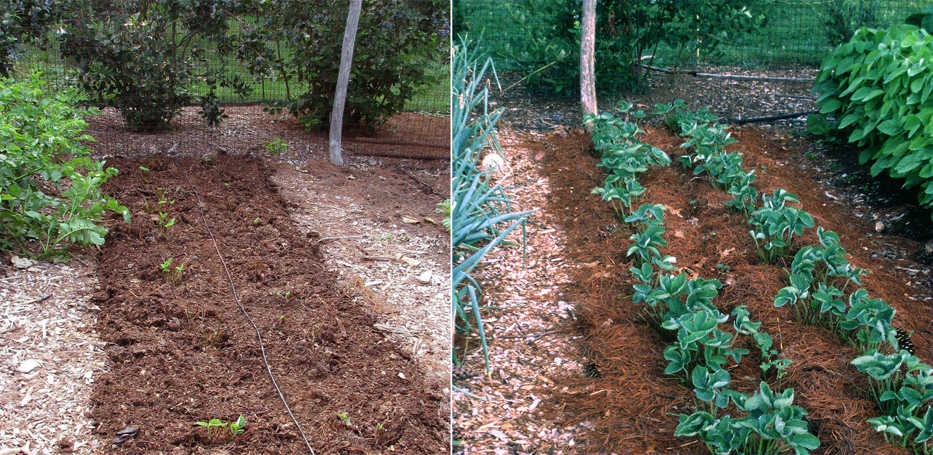If you saw my strawberry bed, you might think I don’t like strawberries. The leaves have been lopped off, some plants were ripped out of the ground, and those that remain are partially buried in dirt.
It’s not a pretty sight.
But I do like strawberries, and what I’ve done to this bed is actually good for the plants. I carry out this renovation, as it is called, every year not long after gathering the last berries for the season.
The short rest that June-bearing strawberry plants naturally take after their harvest season helps them tolerate the more brutal aspects of renovation. (Renovation is not for everbearing strawberry varieties, which bear again in late summer into fall, or day-neutral varieties, which offer berries pretty much all season long.)
Over time, leaf diseases from wild strawberries and related plants can sneak into and build up in a cultivated strawberry bed. The first step in renovation, cutting off all the plants’ leaves, helps keep such problems in check. No leaves, no leaf diseases — at least until the leaves grow back, but then at least any new infections must originate from outside the bed.
I cut the leaves with a scythe — a super-sharp “European-style” scythe — and follow up with a grass shears. The shears alone work well, especially for smaller beds. A mower works well for larger beds as long as it’s set high enough so the crowns of the plants, which are the shortened stems from which the leaves arise, are not injured.
Healthy, new leaves begin to sprout soon after renovation.
Strawberry plants strew themselves about by means of runners, which are horizontal stems that develop daughter plants. Those take root at intervals along their lengths. (The word “strawberry” may have originated from “strewberry.”) Over time, an untended bed becomes so crowded with mother, daughter, granddaughter, etc. plants that they shade each other and production suffers. Diseases also fester in those dank conditions.
So after clipping off the leaves, I went through my strawberry bed and thinned out enough plants so that those remaining stood about 8 inches apart. I selectively removed the oldest plants, which become more susceptible to winter cold and less productive.
I leave well-positioned younger plants that are in a row and far enough apart.
That “dirt” under which I said my plants are partially buried is not, incidentally, dirt. It’s compost, which I laid a half inch or so deep over the whole bed, except right over the plants. This compost dressing suppresses weeds, feeds the plants, and keeps the strawberry crowns, which rise slightly in the soil with age, protected from the elements.
The “icing” on the cake is a mulch of pine needles on top of the compost. Equally suitable would be a mulch of wood shavings, straw or any other weed-free, organic material. (The traditional straw mulch for strawberries is another hypothesized origin of the word “strawberry.”)
I apply this mulch at my leisure, sometime after renovation and before late autumn.
In a few weeks, my strawberry bed will again look vibrant, like a fruit that I do like.

